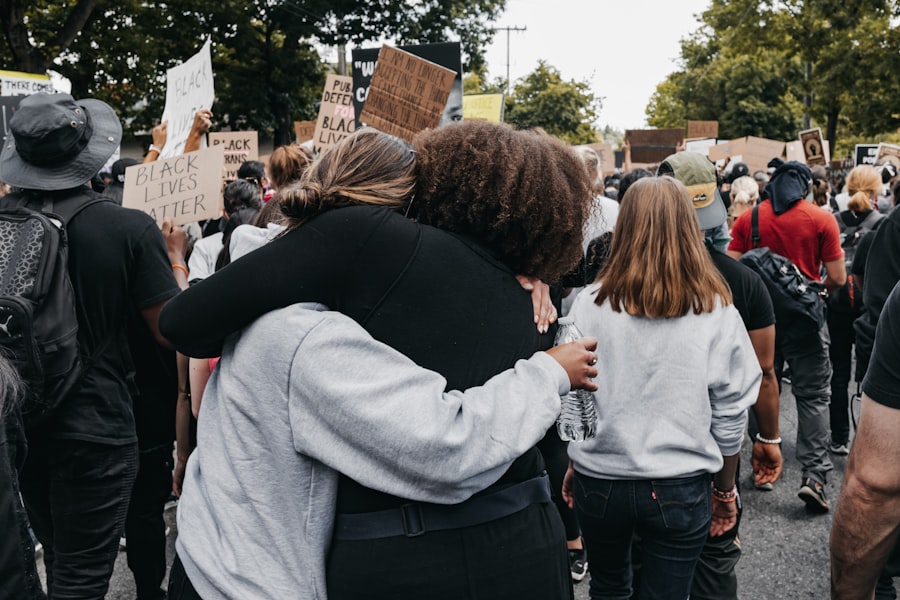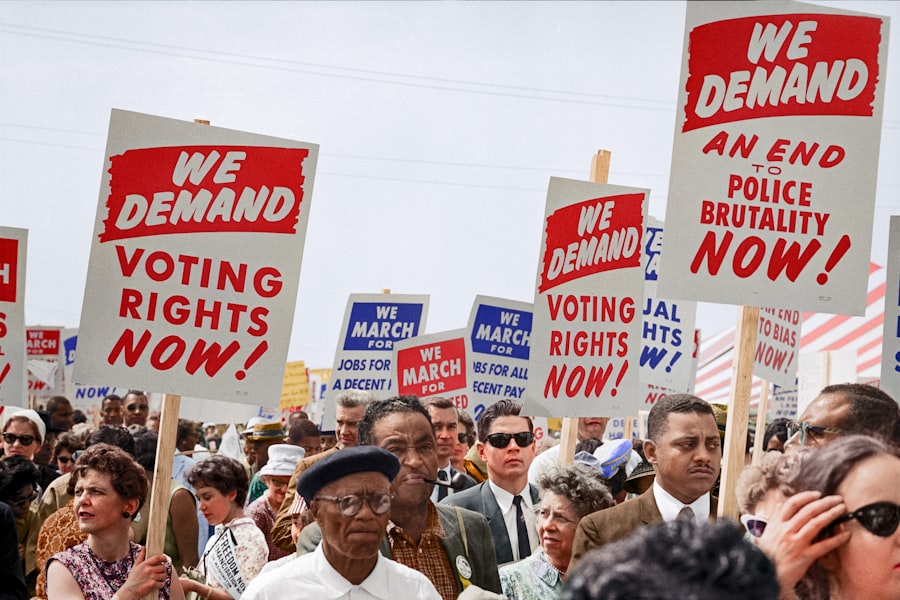The Bhil and Kol tribes are two of the prominent indigenous communities in India, each with a rich cultural heritage and a distinct social structure. The Bhils, primarily found in the western states of Madhya Pradesh, Gujarat, and Rajasthan, are one of the largest tribal groups in India. They are known for their vibrant traditions, including folk music, dance, and intricate art forms such as painting and embroidery.
The Bhil community has a deep connection to the land, relying on agriculture and forest resources for their livelihood. Their social organization is often clan-based, with a strong emphasis on kinship ties and communal decision-making. In contrast, the Kol tribe, predominantly located in the central Indian states of Madhya Pradesh and Uttar Pradesh, has its own unique identity.
The Kols are traditionally agrarian, engaging in farming and gathering forest produce. Their cultural practices are characterized by a rich oral tradition, with stories and songs that reflect their history and beliefs. The Kol community has faced significant challenges over the years, particularly in terms of land rights and socio-economic development.
Both tribes have experienced the impact of colonial policies and post-independence governance, which have often marginalized their voices and undermined their traditional ways of life.
Key Takeaways
- Bhil and Kol tribes are indigenous communities in India with a rich cultural heritage and history of resistance against colonial and oppressive forces.
- The historical context of tribal resistance is rooted in the exploitation and marginalization of Bhil and Kol communities by external powers, leading to a legacy of rebellion and defiance.
- Causes of Bhil and Kol rebellions include land dispossession, forced labor, and cultural suppression, which fueled the tribes’ fight for autonomy and rights.
- Key figures and leaders of the rebellions, such as Bhima Nayak and Bhagwan Dev, played pivotal roles in organizing and leading the resistance movements.
- The rebellions had a significant impact on tribal rights and land ownership, leading to greater recognition and protection of indigenous communities in India. The legacy of Bhil and Kol rebellions continues to inspire and inform the struggle for tribal rights in Indian history.
Historical Context of Tribal Resistance
The historical context of tribal resistance in India is deeply intertwined with the colonial experience. The British colonial administration implemented policies that disrupted traditional land ownership patterns and imposed new revenue systems that often exploited indigenous communities. The Bhil and Kol tribes were not immune to these changes; they faced encroachments on their lands, forced labor, and the imposition of taxes that were alien to their customary practices.
This led to widespread discontent among tribal populations, who found themselves increasingly marginalized in their own territories. The resistance movements among these tribes can be traced back to the early 19th century when various uprisings emerged as a response to colonial oppression. The Bhils, for instance, were involved in several revolts against British rule, notably the Bhil Ulgulan (Great Rebellion) in the late 1800s.
Similarly, the Kols participated in the Kol Rebellion of 1831-32, which was a significant uprising against both British authority and local zamindars (landlords). These movements were not merely reactions to immediate grievances; they represented a broader struggle for autonomy, identity, and the preservation of traditional ways of life.
Causes of Bhil and Kol Rebellions

The causes of the rebellions among the Bhil and Kol tribes can be attributed to a confluence of socio-economic, political, and cultural factors. One of the primary grievances was the loss of land and resources due to colonial policies that favored commercial agriculture and exploitation of natural resources. The introduction of land revenue systems often resulted in the alienation of tribal lands, pushing many families into poverty and dependency on exploitative labor practices.
This economic disenfranchisement fueled resentment against both colonial authorities and local elites who collaborated with them. Additionally, cultural dislocation played a significant role in igniting rebellion among these tribes. The imposition of foreign laws and customs undermined traditional governance structures and social norms that had governed tribal life for centuries.
The Bhils and Kols found themselves caught between their ancestral practices and the encroaching modernity brought by colonial rule.
The rebellions thus emerged as a means to resist not only economic exploitation but also cultural erasure.
Key Figures and Leaders of the Rebellions
The Bhil and Kol rebellions were marked by several key figures who emerged as leaders during these tumultuous times. In the case of the Bhils, one notable leader was Baiga Bhil, who played a crucial role in organizing resistance against British forces during the late 19th century. His leadership galvanized the community, uniting various clans under a common cause to reclaim their rights and resist oppression.
Baiga’s charisma and strategic acumen allowed him to mobilize support from different sections of society, making him a formidable figure in the struggle against colonial rule. Similarly, in the Kol rebellion, leaders like Jatra Kol emerged as pivotal figures advocating for tribal rights. Jatra’s efforts were instrumental in rallying the Kols against both British authorities and local zamindars who exploited them.
His ability to articulate the grievances of his people resonated deeply within the community, fostering a sense of solidarity among the Kols.
Impact of the Rebellions on Tribal Rights and Land Ownership
The rebellions led by the Bhil and Kol tribes had profound implications for tribal rights and land ownership in India. While these uprisings did not immediately result in significant policy changes or recognition of tribal rights, they laid the groundwork for future movements advocating for indigenous rights. The resistance highlighted the injustices faced by tribal communities, drawing attention to their plight at both local and national levels.
This increased awareness eventually contributed to legislative changes aimed at protecting tribal interests. In subsequent years, particularly after India gained independence in 1947, there was a growing recognition of the need to address historical injustices faced by tribal populations. The government introduced various policies aimed at safeguarding tribal rights over land and resources.
The Fifth Schedule of the Indian Constitution was established to provide special provisions for Scheduled Areas inhabited by tribal communities, ensuring their participation in governance and decision-making processes related to land use. While challenges remain, these legislative measures can be traced back to the struggles initiated by leaders during the Bhil and Kol rebellions.
Legacy of Bhil and Kol Rebellions in Indian History

The legacy of the Bhil and Kol rebellions is significant in shaping contemporary discussions around tribal rights in India. These uprisings serve as powerful reminders of indigenous resistance against colonialism and exploitation. They have inspired subsequent generations to continue advocating for justice, autonomy, and recognition of their cultural identities.
The narratives surrounding these rebellions have been preserved through oral traditions, literature, and academic discourse, ensuring that their stories remain alive in public consciousness. Moreover, the impact of these rebellions extends beyond historical memory; they have influenced modern movements for tribal rights across India. Activists today draw upon the lessons learned from past struggles to address ongoing issues such as land dispossession, environmental degradation, and socio-economic marginalization faced by tribal communities.
The Bhil and Kol rebellions exemplify a broader narrative of resistance that resonates with various indigenous groups across the globe, highlighting universal themes of autonomy, identity, and justice in the face of oppression.
There is an interesting article on mathematics education in a social and political context that explores the idea of mathematics as an intellectual property versus mathematics as a humanistic discipline. This article sheds light on the importance of understanding the cultural and societal implications of mathematics education. You can read more about it here.
FAQs
What were the Bhil and Kol Rebellions?
The Bhil and Kol Rebellions were a series of uprisings and resistance movements by the Bhil and Kol tribal communities in India against the British colonial rule during the 19th and early 20th centuries.
What were the reasons behind the Bhil and Kol Rebellions?
The Bhil and Kol tribes were marginalized and exploited by the British colonial administration, leading to widespread discontent and resistance. The main reasons behind the rebellions included land dispossession, oppressive taxation, forced labor, and cultural suppression.
What were the major events of the Bhil and Kol Rebellions?
The rebellions were characterized by sporadic acts of violence, attacks on colonial officials and symbols of authority, and the formation of guerrilla groups to resist British rule. The rebellions took place in various regions of central and western India, including present-day states of Madhya Pradesh, Maharashtra, Gujarat, and Chhattisgarh.
What was the outcome of the Bhil and Kol Rebellions?
The Bhil and Kol Rebellions were eventually suppressed by the British colonial forces, leading to the loss of many tribal lives and the further marginalization of the tribal communities. However, the rebellions also contributed to the broader anti-colonial struggle in India and raised awareness about the plight of tribal communities.






















+ There are no comments
Add yours